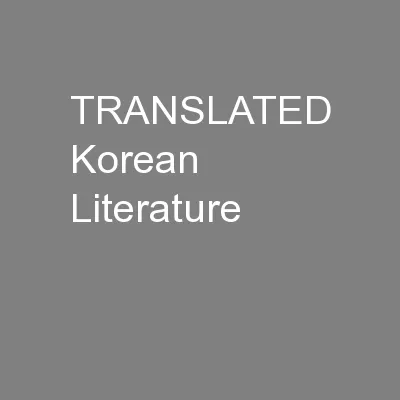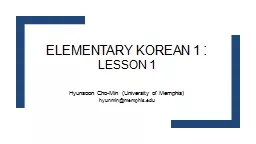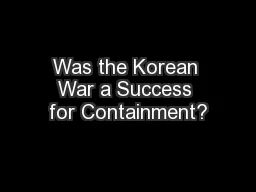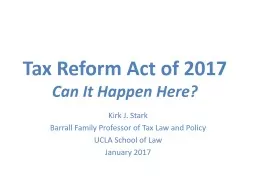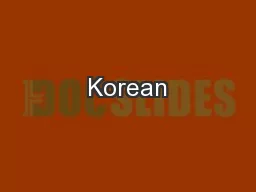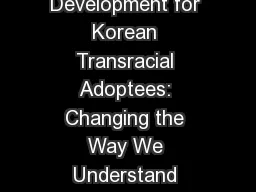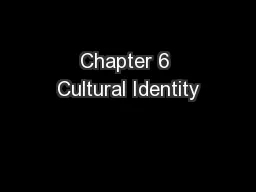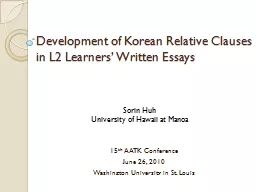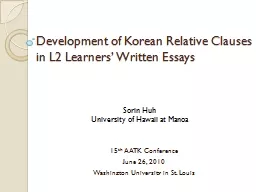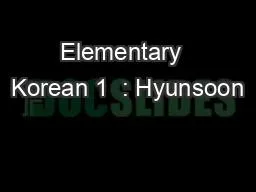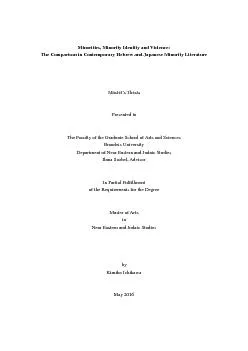PPT-Reform Proposals and Korean Cultural Identity
Author : nephewhers | Published Date : 2020-08-29
September 23 2014 Review Did you learn anything surprising in the last lecture about Koreas relations with its neighbours What was the most significant thing you
Presentation Embed Code
Download Presentation
Download Presentation The PPT/PDF document "Reform Proposals and Korean Cultural Ide..." is the property of its rightful owner. Permission is granted to download and print the materials on this website for personal, non-commercial use only, and to display it on your personal computer provided you do not modify the materials and that you retain all copyright notices contained in the materials. By downloading content from our website, you accept the terms of this agreement.
Reform Proposals and Korean Cultural Identity: Transcript
Download Rules Of Document
"Reform Proposals and Korean Cultural Identity"The content belongs to its owner. You may download and print it for personal use, without modification, and keep all copyright notices. By downloading, you agree to these terms.
Related Documents


